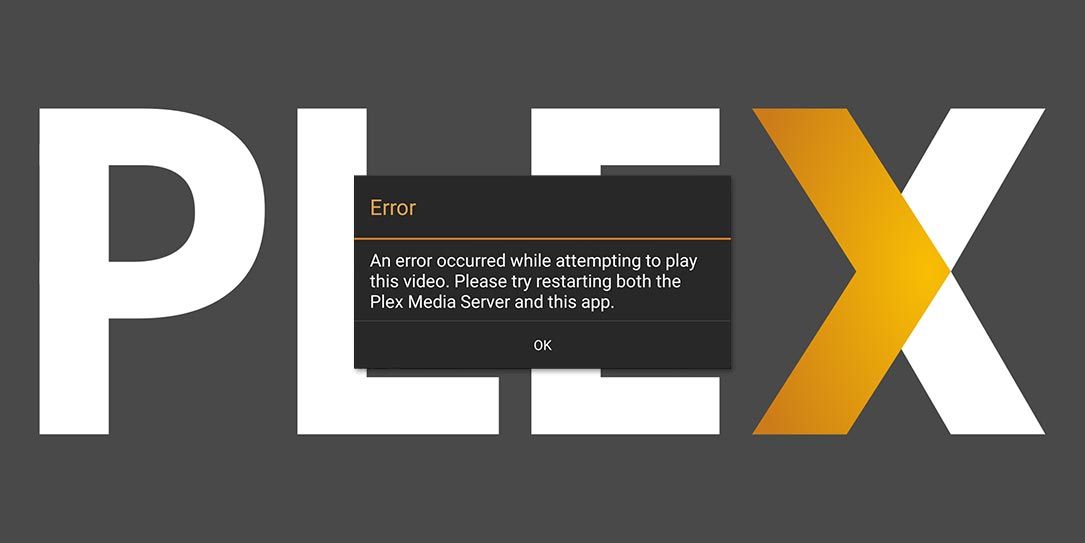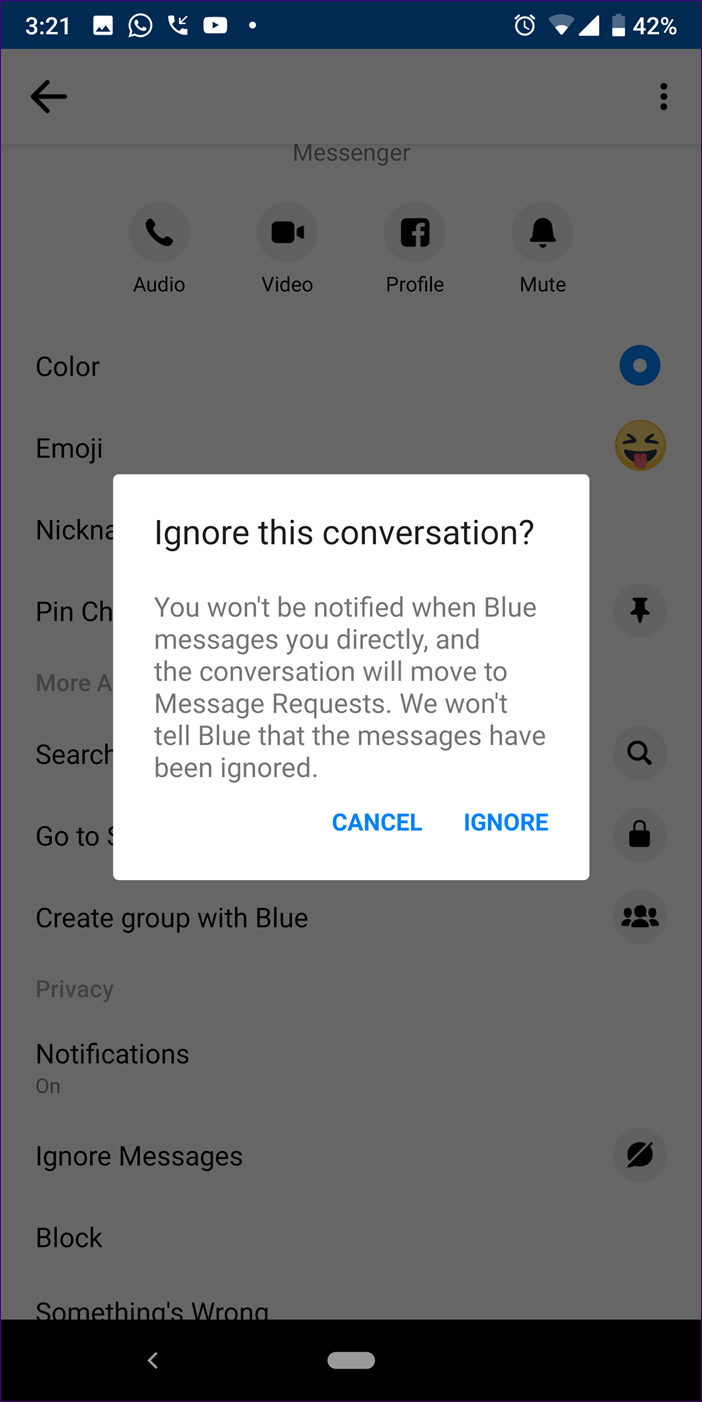In the world of graphic design and photo editing, having the ability to create a transparent background is a valuable skill. Whether you’re working on a logo, website design, or any other project that requires an image with no background, Paint.NET is a powerful tool that can help you achieve this effect. In this comprehensive guide, we will walk you through the step-by-step process of creating a transparent background using Paint.NET.
Paint.NET is a free photo editing software that offers a user-friendly interface and a wide range of features for enhancing images. It is an excellent option for beginners who are new to photo editing and want to learn the basics. Paint.NET includes tools for cropping, resizing, and adjusting color and brightness, as well as more advanced features such as layers, filters, and special effects. The software also supports third-party plugins that can extend its functionality. Overall, Paint.NET is a great option for those who want a powerful yet easy-to-use photo editor without the hefty price tag.
Before we dive into the process of creating a transparent background, let’s take a moment to familiarize ourselves with the Paint.NET interface. When you open the software, you’ll be greeted with a blank canvas. On the left side of the screen, you’ll find the Tools window, which contains various tools such as the Magic Wand, Eraser, and Paint Bucket. On the right side, you’ll see the Layers window, which allows you to manage and manipulate layers within your project. Understanding these basic elements will be essential as we proceed with the background removal process.
Opening an Image in Paint.NET
To begin the process of creating a transparent background, you’ll first need to open the image you want to edit in Paint.NET. Here’s how you can do it:
- Launch Paint.NET on your computer.
- Click on the “File” menu at the top left corner of the screen.
- Select “Open” from the drop-down menu.
- Navigate to the location where your image is saved.
- Select the image file and click “Open.”
Once you’ve opened the image, it will appear on the canvas in Paint.NET, ready for you to start removing the background.
Making the Background Transparent
Now that you have your image open in Paint.NET, it’s time to make the background transparent. Paint.NET provides a variety of tools that can help you achieve this effect, but one of the most commonly used tools for background removal is the Magic Wand. Here’s how you can use the Magic Wand tool to create a transparent background:
- Select the Magic Wand tool from the Tools window on the left side of the screen. It is represented by an icon that resembles a magic wand.
- Adjust the settings for the Magic Wand tool in the toolbar at the top of the screen. Set the “Add” mode, sampling layer, flood mode to contiguous, and antialiased to unmatched quality. You may also need to adjust the tolerance level depending on the complexity of the image.
- Click on the background of the image with the Magic Wand tool. This will select the area of the image that matches the color and tone of the pixel you clicked on.
- If the Magic Wand tool doesn’t select the entire background, hold down the Shift key on your keyboard and click on any additional areas of the background to add them to the selection.
- Once you have selected the entire background, press the Delete key on your keyboard. This will remove the selected area and create a transparent background.
Adjusting Tolerance Levels
In some cases, you may find that the Magic Wand tool selects more or less of the background than you intended. This can be adjusted by changing the tolerance level. The tolerance level determines how closely the Magic Wand tool matches the color and tone of the pixel you clicked on. Here’s how you can adjust the tolerance level in Paint.NET:
- With the Magic Wand tool selected, locate the tolerance slider in the toolbar at the top of the screen.
- Slide the tolerance slider to the left to decrease the tolerance level. This will make the Magic Wand tool match the color and tone of the pixel more closely, resulting in a more precise selection.
- Slide the tolerance slider to the right to increase the tolerance level. This will make the Magic Wand tool match a wider range of colors and tones, resulting in a broader selection.
Experiment with different tolerance levels to find the setting that works best for your image. Keep in mind that lower tolerance levels are more precise but may require more manual adjustments, while higher tolerance levels are more forgiving but may result in a less accurate selection.
Deleting the Background
Once you have made the desired selection with the Magic Wand tool, you can proceed to delete the background. Deleting the background will create a transparent area in the image, allowing any layers or background colors beneath it to show through. Here’s how you can delete the background in Paint.NET:
- With the background selected, press the Delete key on your keyboard. This will remove the selected area and create a transparent background.
- If you have multiple layers in your image, make sure the background layer is selected before pressing the Delete key. You can select the background layer from the Layers window on the right side of the screen.
Deleting the background will create a transparent area in your image, but it’s important to note that the transparency will only be visible if you save the image in a file format that supports transparency, such as PNG or GIF.
Using the Eraser Tool
In some cases, you may need to make additional adjustments to the image after using the Magic Wand tool. This is where the Eraser tool comes in handy. The Eraser tool allows you to manually erase parts of the image to further refine the selection or remove any remaining background. Here’s how you can use the Eraser tool in Paint.NET:
- Select the Eraser tool from the Tools window on the left side of the screen. It is represented by an icon that resembles an eraser.
- Adjust the settings for the Eraser tool in the toolbar at the top of the screen. You can choose the brush size and hardness to control the size and softness of the eraser.
- Click and drag the Eraser tool over the areas of the image that you want to erase. This will remove the pixels and reveal the transparency beneath.
Using the Eraser tool allows you to fine-tune your selection and ensure that the background is completely removed. Take your time and make precise movements to achieve the desired result.
Making Changes to Existing GIFs
Working with existing GIFs that already have a transparent background is relatively straightforward. You can edit these GIFs in Paint.NET without losing the transparency. Here’s how you can make changes to existing GIFs in Paint.NET:
- Open the existing GIF in Paint.NET by following the steps outlined earlier.
- Make the desired changes to the image using the various tools and features available in Paint.NET. You can crop, resize, adjust colors, add text, or apply filters to enhance the image.
- Once you’ve made the necessary edits, save the image as a GIF to preserve the transparent background. Go to the “File” menu, select “Save As,” and choose the GIF file format.
By following these steps, you can edit existing GIFs while maintaining their transparent backgrounds.
Working with Static GIFs
When creating new images from scratch, you may want to start with a transparent background for static GIFs. Paint.NET provides a simple way to achieve this effect. Here’s how you can work with static GIFs in Paint.NET:
- Create a new file in Paint.NET by going to the “File” menu and selecting “New.” Set the desired dimensions for your image and click “OK.”
- By default, Paint.NET creates a white background layer for new files. To remove this background and make it transparent, you can follow these steps:
- In the Layers window on the right side of the screen, locate the background layer.
- Click on the eye icon next to the background layer to hide it.
- Create a new layer by clicking on the icon at the bottom left of the Layers window. This new layer will be transparent.
- You can now work on the transparent layer to create your image.
By removing the background layer and working on a transparent layer, you can create static GIFs with a transparent background in Paint.NET.
Improving Visibility on Transparent Backgrounds
Working with transparent backgrounds can sometimes pose visibility challenges, especially when the foreground elements are light or intricate. To improve visibility on transparent backgrounds, you can employ a simple trick in Paint.NET. Here’s how:
- Create a new layer by clicking on the icon at the bottom left of the Layers window.
- Select the Paint Bucket tool from the Tools window.
- Choose a color that contrasts with the foreground elements and click on the canvas to fill the new layer with that color.
- Adjust the opacity of the new layer to your liking. You can do this by selecting the layer and adjusting the opacity slider in the Layers window.
By adding a colored layer beneath your transparent image, you can enhance visibility and make it easier to work with intricate or light-colored foreground elements.
Alternative Methods for Background Removal
While Paint.NET provides a powerful set of tools for background removal, there are alternative methods you can explore for more complex images or specific requirements. One such alternative is using online background removal tools like Erase.bg. These tools utilize advanced algorithms to automatically detect the foreground subject and separate it from the background, resulting in a clean and professional-looking image. They are user-friendly and require no technical skills to operate. Additionally, they support batch processing, which is useful for editing multiple images at once. If you find yourself struggling with background removal in Paint.NET, online tools like Erase.bg can be a convenient solution.
Conclusion
Creating a transparent background in Paint.NET is a valuable skill for graphic designers and photo editors. By following the step-by-step process outlined in this guide, you can easily remove backgrounds and achieve professional-looking results. Whether you’re working on logos, website designs, or any other project that requires a transparent background, Paint.NET provides the tools and features you need to get the job done. Experiment with different techniques, adjust tolerance levels, and utilize the Eraser tool to fine-tune your selections. And remember, if you encounter complex images or specific requirements, online background removal tools like Erase.bg can offer alternative solutions. With practice and creativity, you’ll become proficient in creating transparent backgrounds using Paint.NET and elevate your design projects to the next level.
Experiencing difficulties with your Device, check out our “How To” page on how to resolve some of these issues.








